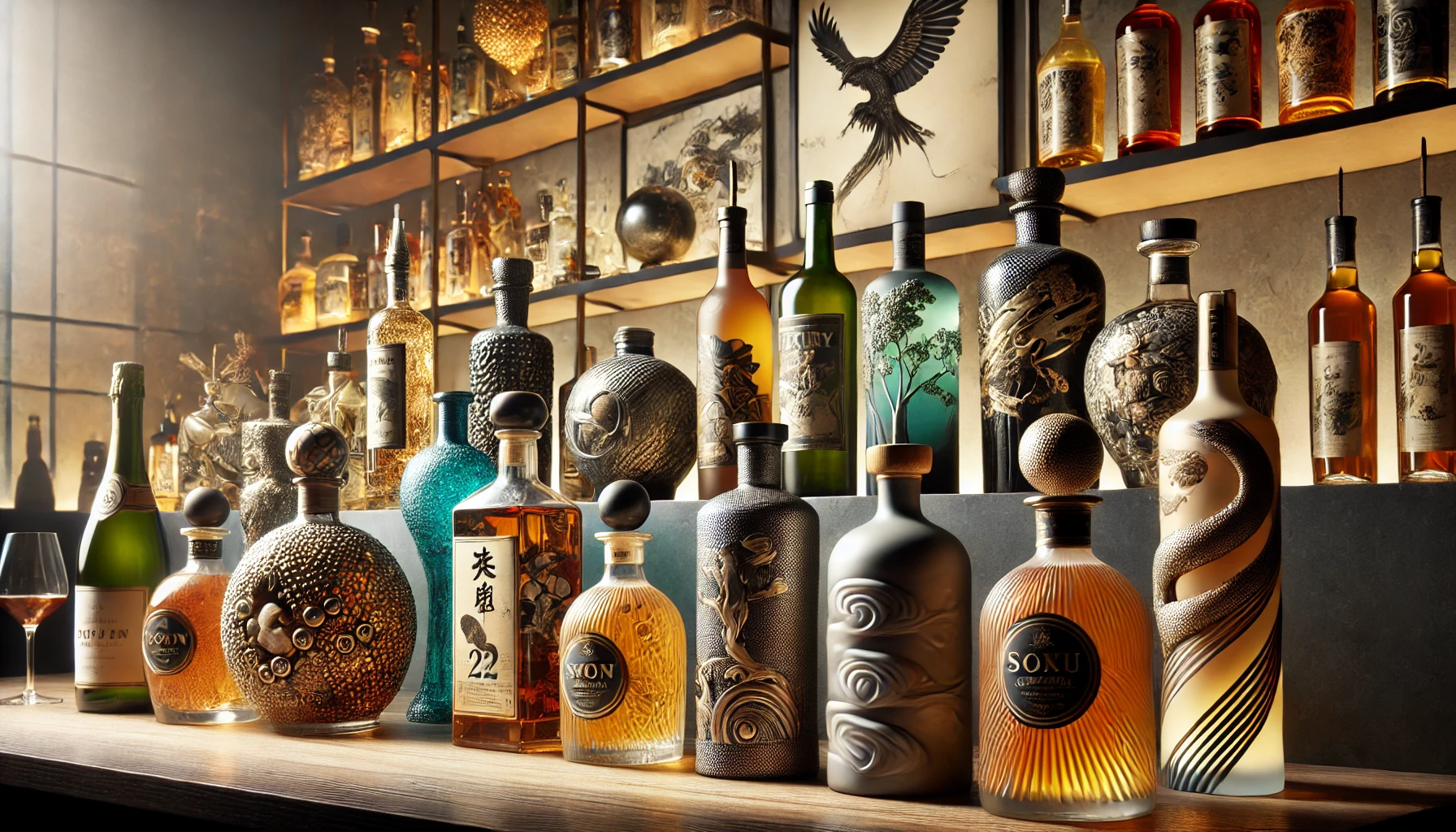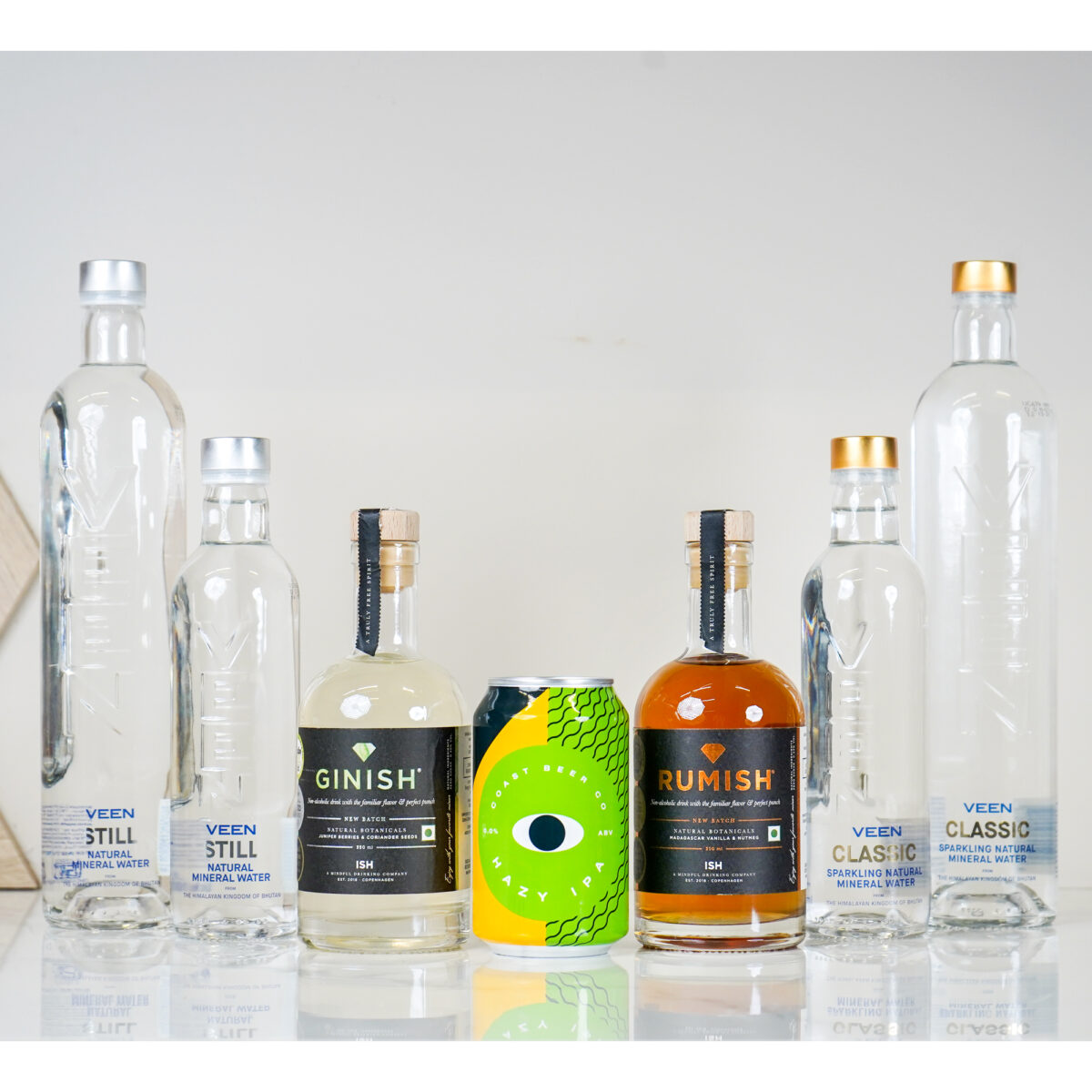History of Whisky: From Monastic Roots to Global Fame
2025-06-03


Liquor bottles are not just containers for alcoholic beverages; they are works of art, functional designs, and storytelling tools all in one. From the shape and color to the label and closure, every aspect of a liquor bottle is carefully crafted to enhance the drinking experience, communicate brand identity, and attract consumers' attention. Let's delve into the fascinating world of liquor bottles and explore what makes them so unique and captivating.
Liquor bottles have a rich history that dates back centuries, evolving from simple vessels to intricate works of art. The origin of bottled spirits can be traced to ancient civilizations such as the Egyptians, Greeks, and Romans, who used clay amphorae and pottery containers to store and transport wines, meads, and other fermented beverages.
Glass bottles, as we know them today, have their origins in the Roman Empire, where glassblowing techniques advanced significantly. By the Middle Ages, glass bottles became more common for storing alcoholic drinks, especially wines and spirits. The invention of the cork stopper in the 17th century further revolutionized bottle design, allowing for better sealing and aging of wines and liquors.

Liquor bottles come in a myriad of shapes, sizes, and materials, each chosen to complement the spirit inside and convey a specific message. Glass is the most common material due to its transparency, versatility, and ability to preserve the liquid's quality. However, modern innovations have introduced bottles made from ceramic, crystal, metal, and even recycled materials, adding diversity to the market.
The design of a liquor bottle plays a crucial role in brand differentiation and consumer appeal. Sleek, minimalist bottles often convey a sense of luxury and sophistication, while ornate, embellished bottles evoke tradition and heritage. Unique shapes, such as square, hexagonal, or even skull-shaped bottles, grab attention on store shelves and create memorable visual impressions.

The label on a liquor bottle is like its identity card, providing essential information about the spirit inside while also showcasing the brand's personality and story. Labels are meticulously designed with eye-catching graphics, typography, and color schemes that reflect the brand's heritage, quality, and target audience.
Branding extends beyond the label to encompass closures, seals, and packaging. Cork stoppers, synthetic corks, screw caps, and wax seals not only preserve the liquid but also add tactile and visual elements to the bottle. Innovative packaging, such as gift boxes, wooden crates, or decorative sleeves, further enhances the product's appeal and makes it stand out on shelves.
Types of liquor bottles vary widely based on their design, functionality, and intended use:
Overall, liquor bottles have evolved from functional containers to iconic symbols of craftsmanship, artistry, and brand identity. They play a significant role in the enjoyment, presentation, and preservation of alcoholic beverages, making them an essential aspect of the beverage industry's heritage and innovation.
Liquor bottles are not just utilitarian; they are also collectible items sought after by enthusiasts and collectors worldwide. Limited edition bottles, often released to commemorate special occasions or collaborations, feature unique designs, packaging, and sometimes even signed labels or numbered editions. These collectible bottles become coveted treasures valued for their rarity, artistic merit, and historical significance.
Determining the best bottles of all time in the world of liquor can be quite subjective, as preferences vary widely based on personal taste, brand reputation, rarity, and historical significance. However, several bottles have gained iconic status and are widely regarded as some of the best in their respective categories:
These are just a few examples of iconic bottles that have left a lasting impression on the world of liquor, showcasing the artistry, heritage, and allure of fine spirits and wines. Each bottle represents a unique blend of craftsmanship, history, and luxury, contributing to their status as the best of all time for many enthusiasts.
In recent years, there has been a growing emphasis on sustainable packaging and eco-friendly practices in the liquor industry. Many distilleries are opting for lightweight glass bottles, recyclable materials, and biodegradable packaging to reduce their environmental impact. Some brands even partner with conservation organizations or use recycled glass to create bottles with a lower carbon footprint.
Advancements in technology have revolutionized the way liquor bottles are designed, produced, and distributed. Digital printing allows for intricate label designs and personalized packaging options. Smart packaging incorporating NFC (Near Field Communication) or QR codes enables interactive experiences, such as accessing product information, cocktail recipes, or brand stories directly from the bottle.
Liquor bottles are much more than vessels for alcoholic beverages; they are expressions of art, craftsmanship, and innovation. From classic designs to avant-garde creations, each bottle tells a unique story and contributes to the overall drinking experience, making it a fascinating aspect of the spirits industry.
Also Read: Wine’s Global Renaissance: A Flavorful Resurgence